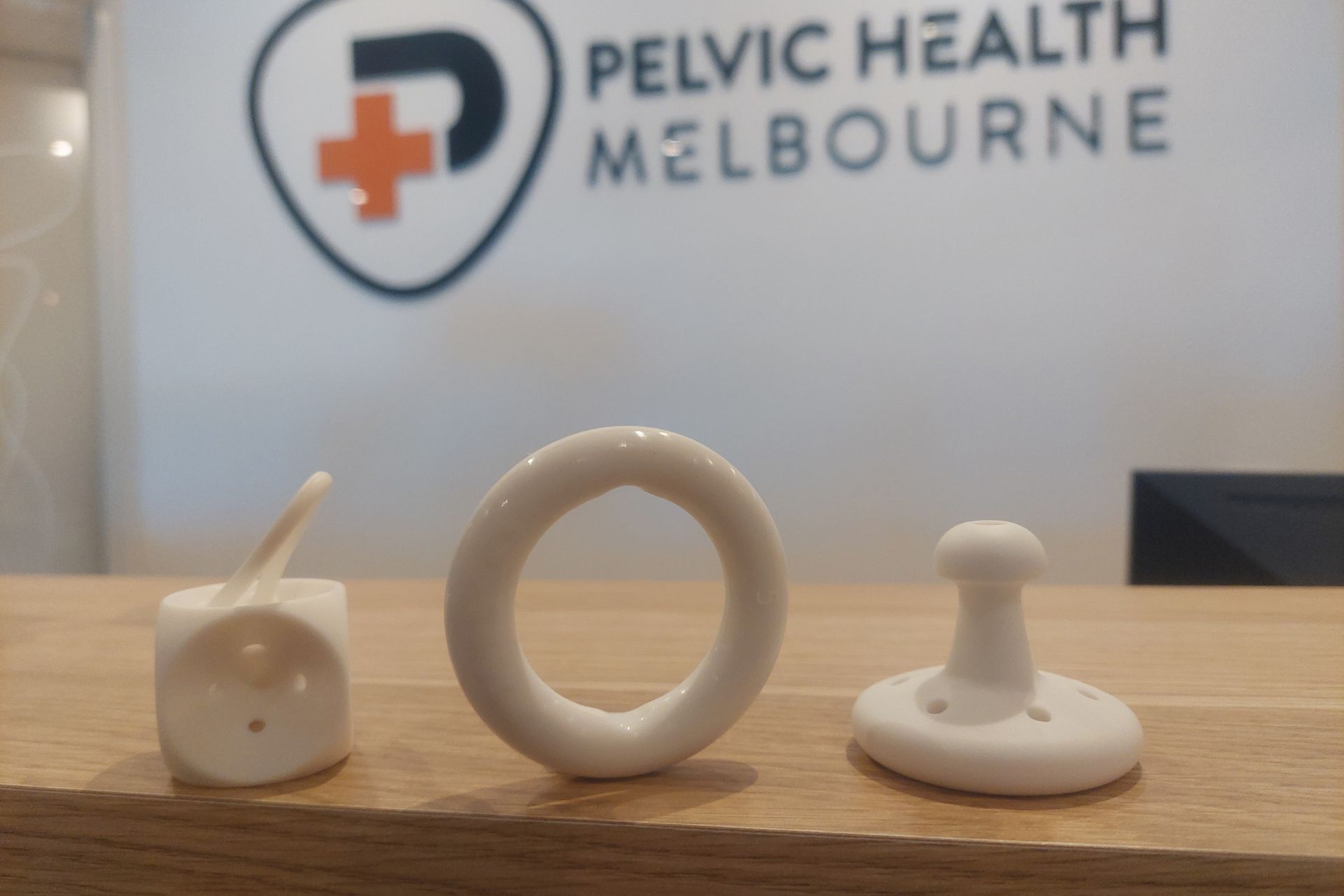What is a pessary?

Vaginal pessaries are a common medical device used to treat a variety of gynecological conditions. Although not often discussed openly, these devices can significantly improve quality of life for many women experiencing pelvic floor issues. In this blog, we’ll explore what vaginal pessaries are, how they work, their benefits, and key considerations for using them.
What Are Vaginal Pessaries?
A vaginal pessary is a small, flexible device that is inserted into the vagina to provide support to the pelvic organs. It comes in various shapes and sizes, depending on the specific condition it is meant to treat. These devices are typically made of medical-grade silicone or rubber, ensuring they are both durable and comfortable for long-term use.
Vaginal pessaries are primarily used to treat pelvic organ prolapse (POP), urinary incontinence, and other conditions related to the pelvic floor.
Pelvic organ prolapse occurs when one or more of the pelvic organs (such as the bladder, uterus, or rectum) slip out of their normal position due to weakened or stretched pelvic floor muscles and tissues.
Common Uses for Vaginal Pessaries
- Pelvic Organ Prolapse (POP): Prolapse occurs when pelvic organs, such as the bladder, rectum, or uterus, drop or bulge into the vaginal canal. This can happen due to childbirth, aging, menopause, or other factors that weaken the pelvic floor muscles. Vaginal pessaries help by supporting the organs and keeping them in place, preventing discomfort and improving symptoms like vaginal bulging and urinary leakage.
- Urinary Incontinence: Many women experience urinary incontinence, particularly stress incontinence, which involves leaking urine during activities like coughing, sneezing, or laughing. Pessaries can help reduce these symptoms by providing support to the bladder and urethra.
- Post-Surgical Support: After certain surgeries, such as a hysterectomy or pelvic floor surgery, a pessary may be used temporarily or long-term to provide support during the healing process.
Benefits of Vaginal Pessaries
- Non-Surgical Solution: For women who are not ready or unable to undergo surgery, vaginal pessaries provide a non-invasive, low-risk alternative to manage pelvic organ prolapse and other conditions.
- Cost-Effective: Compared to surgical options or long-term treatments, vaginal pessaries are generally affordable, especially when considering the ongoing costs associated with surgeries or more complex medical interventions.
- Customizable Treatment: Pessaries come in a range of sizes and shapes, allowing healthcare providers to customize treatment based on the patient's specific needs and anatomical considerations.
- Improved Quality of Life: Many women report significant improvement in symptoms, including reduced vaginal bulging, pelvic discomfort, and urinary incontinence, leading to a better overall quality of life.
- Minimal Maintenance: Pessaries are relatively easy to maintain with regular cleaning and occasional adjustments by a healthcare provider. They can also be used temporarily or long-term, depending on the severity of the condition.
How to Use a Vaginal Pessary
Using a vaginal pessary is straightforward but requires some instruction from a healthcare provider. Generally, the pessary is inserted into the vagina, where it rests against the pelvic organs to provide support. Many individuals can insert and remove the pessary themselves, while others may need help from us.
Here are the basic steps for using a vaginal pessary:
- Consult with a Healthcare Provider: Your physio will assess your condition and recommend the appropriate type of pessary for your needs.
- Insertion and Removal: Pessaries are typically inserted when lying down or standing with one leg raised. After insertion, the pessary should be checked periodically to ensure it stays in place. Your physio will also provide instructions for cleaning and maintaining the device.
- Regular Checkups: While vaginal pessaries can be worn for long periods, regular follow-up appointments with your healthcare provider are essential to monitor the condition and ensure the pessary remains effective and comfortable.
Considerations and Possible Side Effects
While vaginal pessaries are a helpful treatment option for many individuals, there are some considerations to keep in mind:
- Discomfort: Some individuals may initially experience discomfort or irritation when using a pessary, though this often improves as the body adjusts. A well-fitted pessary should not cause pain or excessive pressure.
- Vaginal Discharge or Infection: Regular cleaning of the pessary is essential to avoid vaginal infections or discharge. It is also important to use the pessary as directed by a healthcare provider to minimize risk.
- Need for Replacement: Over time, pessaries may need to be replaced due to wear and tear or changes in the shape of the vagina.
- Not for Everyone: While pessaries are an effective option for many, they are not suitable for everyone. Individuals with severe vaginal atrophy or other complicating factors may require alternative treatments.
Vaginal pessaries are an essential tool in the management of pelvic floor disorders, particularly pelvic organ prolapse and urinary incontinence. They offer a non-invasive, customizable solution for many who seek relief from symptoms without opting for surgery.
While the device may take some getting used to, the benefits—such as improved comfort and quality of life—make it a valuable treatment option for those affected by these conditions.
If you think a vaginal pessary might be right for you, consult with your gynecologist, healthcare provider or pelvic health clinician to determine the best approach for your individual needs. With the right guidance and care, vaginal pessaries can help restore pelvic health and provide lasting relief.
More from the blog







